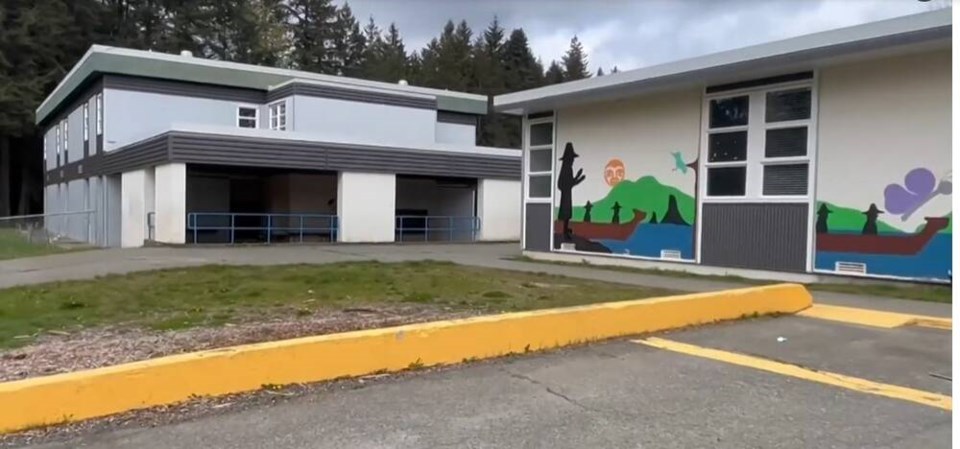Parents who say their children have thrived while attending the Q’shintul Mill Bay Nature School are appealing the decision to shut down the school’s unique program at the end of the school year.
They say the Cowichan Valley School District’s decision to end the program, which is particularly helpful for those with autism, was made without enough consultation with the school community.
The nature program, whose name is a Hul’qumi’num word that means “walking together,” opened in the former Mill Bay Elementary in 2018. The school was one of several closed in 2013 as part of a restructuring effort in the district.
The district’s plan is to cancel the kindergarten to Grade 7 nature program and use the school as a satellite facility for nearby George Bonner Elementary, which needs more space.
The nature-school site is set to become a kindergarten-Grade 2 school, while George Bonner, which is a little over half a kilometre away, would become a Grade 3-7 school.
The plan was outlined in an April 4 meeting at the school involving district representatives, parents and teachers.
District spokesperson Jeff Rowan said the nature program currently has 91 students in a school that can hold up to 220, and there are only 11 more in line to start kindergarten next year.
As a K-2 school, it’s expected to be full within three years, said Rowan, noting Mill Bay is the fastest-growing area of the Cowichan Valley.
The move will free up space to accommodate growth at George Bonner, he said, while the K-2 school will continue to emphasize play-based and outdoor learning.
Evan Jamieson said his son, Oliver, is in Grade 2 at the nature school and is “one of the real success stories.”
Oliver has conditions that include autism, ADHD and a speech disability, and his prognosis for school was poor, Jamieson said.
But his time at the nature school, where students spend more time outside than at most schools and have a less-structured schedule, has exceeded expectations, he said. “He loves going to school, he’s integrating well with the rest of the kids.”
Now more than ever, Jamieson said, Oliver is greeted by children he knows from the school when he’s out with his parents — the sort of inclusion he hasn’t always experienced.
Another parent, who asked not to be named, said the program creates a “village” atmosphere with an Indigenous influence that has helped her son, who has autism and requires one-to-one support.
Hilary Henaga, who is on the school’s parent-advisory committee, said losing the program means losing “the very beacons of hope that are incubating and proving child-centred, nature-based models that support diverse learners.”
Opponents of the change have to save the program, arguing the learning environment it provides can’t be found elsewhere.
Students who have had problems at other schools have fit in at the nature school, the petition says.
Jamieson said parents don’t understand why the district doesn’t just fill the empty space at the school while leaving the program in place.
“Take the space — it’s just a building.”
Parents will be able to send a delegation to the next school board meeting on May 7, but the program’s teachers have already been reassigned, Jamieson said.




